(Pic 1) The screenshot of “Air Hostess”, 1959 produced by MP&GI ( Grace Gelan in the middle dressed in red)
“I am not a party girl.”
Seemingly, this quote looks like a kind of declaration that sorts herself into a particular genre, timeline, spa-tial consciousness and image. The remaining images of this particular person, either in terms of time for its extension and fracture ,day and night, forward and backward ;or in terms of space for its segmentation and composition ,brightness and darkness, suspension and leap, are being given input into personal im-age(film)index system in thousands upon thousands of combination ways. The images are being constructed and then given out as an output. Therefore, it is no longer important whether I am a party girl or not. It is perhaps (or perhaps not) a lie. “Party” stirs up personal image(film) that is almost auto generated from our mind.
(Pic 2) Asian part of the world map painted by ancient Greek astronomers, geographers, and Ptolemy (90-168) the astrologer.
"The decline of a legend"
There is no duller thing in the world rather than the map. It has become a pure manipulative authority game, whether in terms of knowledge, economy or politic.Unless, we have a personal image recognizng system that could retell image entry into legend.
– “Atlas: The Archaeology of an Imaginary City”, Dung Kai-Cheung
(Pic 3) A scene of Ramanyana's story in Wat Phra Kaeo , Bangkok
"Unless"
Unless. Dangerous yet inspirational. If we substitute the word “map” and “ image” with “history” in the last paragraph by Dung Kai-Cheung , it would turn out to be:
There is no duller thing in the world rather than the history. It has become a pure manipulative authority game, whether in terms of knowledge, economy or politic.Unless, we have a personal history reading system that could retell history into legend.
(Pic 4) Kardex document index system
"Film as a method"
Instead of "retelling history into legend", it would be better to turn history into a multifaceted complex of legends and myths.This complex is constructed through a personal image (film) index system. Along with the numerous suspense and dislocation that dragged out from historical imagination, this ever-transforming index system gradually develops “image” creation applying the concept “film as a method”. The various in-tertwined links derived from the above construct a collection of complicated images of conscious-ness,“invisible films”. In this context, film doesn’t refer to the making of montage but a leap beyond the lin-ear thinking of image montage or even images (films) that aren’t at grade.
(Pic 5) Jalan Loke Yew in Kuala Lumpur shown on Google Maps
"Jalan Loke Yew"
I was born and raised in Kuala Lumpur, and went on same school for junior high and senior high. The main gate of the school is right across Jalan Loke Yew. Jalan Loke Yew went right through to the city center of Kuala Lumpur in British colonial period. It was the main artery that connected the city center with the north and south districts, and its traffic jam during rush hours was massive. The other side of Jalan Loke Yew is Dewan Bahasa dan Pustaka, a center for Malay literature and knowledge. “Loke Yew” is apparently a name of Chinese descent, however no one knows whom it infers to, not even my parents, uncles, aunts and class-mates. He must have contributed a lot to the country, for the government naming this artery after him and obtaining it until now.There is also a Loke Yew Hall in the campus of University of Hong Kong. My grandparents got onboard in the1930s from the southern shore of China. What they got on was not a cruise but a wooden boat arranged by English for shipping labors to “Nanyang” (the Southern Ocean) to work. They had been drifting on the sea, striving for life before they set their foot on Malay Peninsula. When my grandfather was young, he used to work as a waiter serving tea and vending desserts in a famous Dim Sum house in the city center during the British colonial period. He had been working so hard throughout his whole life without becoming rich. It was just until last year, “Loke Yew” has no longer remained as a mys-tery. He represents typical legend story of those who had made their way to “Nanyang” and successfully built up tin-mineral business. If my grandparents had gone onboard in the previous life, perhaps they would have been on the same boat with Loke Yew and struggled their way to Nanyang together.
(Pic 6) The relic of EMI Records and Entertainment Ltd.,Shanghai
"EMI Records and Entertainment Ltd"
My mother enjoyed listening to the music a lot when she was young. I could still recall that I often listened to the hits songs of Abba, Bee gees and as well as songs from Bai Kwong, Gelan, Chow Hsuan, Li Xiang Lan, etc. EMI was founded by the end of 19th century and was started up a branch in Shanghai in the early 20th century. EMI was the euphony of its French parent company Pathe-Marconi.
(Pic 7) The logo of British Pathe News
"Pathe News"
During the British colonial period in the 20th century, Pathe News was appointed by the government to pro-duce a large amount of News video clips of Malaysia at that time.This news agency had played an important promoting role in the Chinese civil war for British after WWII.
(Pic 8) An archive photo of Cathay Cinema in Kuala Lumpar
"Cathay Cinema"
In my childhood, "Cathay Cinema” was a fashionable cinema that specialized in Hollywood films. I could still remembered the day when I turned eighteen years old , I showed my ID proudly to the ticket puncher that looked uncertain, and then I saw the first R-rated movie. Cathay Cinema was located in downtown Kuala Lumpur’s Golden Triangle prime shopping district, and has now been torn down to become a parking lot.
(Pic 9) Opening title of MP&GI
"Cathay, MP&GI, Shaw Brothers"
During the 1950s to the1960s, both of the Hong Kong film companies, MP&GI and Shaw Brothers Limited produced a huge numbers of Mandarin films, bringing fame to Lin Dai、You Min , Gelan, and so on. They were superstars that I used to hear from my mother when I was young. They often made stage tours to Sin-gapore and Malaysia. Adults would always depict how crowded the scene was in the cinema when they re-called the past from time to time. The competition between MP&GI and Shaw had begun and spread from Hong Kong to Taiwan.No, it should have been started in Singapore. Yes. In the late 1920s , Shaw sent some family members from Shanghai on a expedition to Singapore. Later on,Cathay was established by local en-terprise in the 1930s. At that time, Singapore and the Malay Peninsula were still under British colonization, not yet founded and separated.
(Pic 10)
"The party in 1964"
In 1964, an air crashed happened in Shen Gang,Taichung. None of the 57 passengers on the plane survived, including Loke Wan Tho,the boss of MP&GI and Cathay, and his wife. The day before the accident, Loke Wan Tho came to Taiwan to attend Asian Film Festival which was held in Taipei (formerly known as South-east Asian Film Festival, the predecessor of the Asia-Pacific Film Festival). This plane was scheduled to fly back to Taipei from Taichung. The same night, Loke Wan Tho was going to host the banquet at the Grand hotel. The party was supposed to be shone by stars in the film industry, yet the host never shown up.
Loke Wan Tho, son of Loke Yew, was also a photography enthusiast. During the 1950s, he had once trav-elled with Malcolm MacDonald, the governor of Southeast Asia at the time (Malayan state of emergency), to Angkor, Cambodia, and published the book “Angkor” together after the trip.
(Pic 11)
“Cathay”
The root of Cathay infers China, the reference was told to have appeared in the book “The Travels of Marco Polo“ by Marco Polo.
“Cathay-Keris”
The battlefield for Cathay and Shaw Brothers in Singapore and Malaysia has shifted from cinema marketing to the production of Malay films.
The branch of Cathay company that produced Malay films was named Cathay-Keris. Cathay-Keris had one Indonesian superstar named Maria Menado at the time. Maria often played the flirtatious role in the films, such as pontianak, the legendary vampire from Malay folklore. In 1963, Maria took her break from acting after marring the Sultan of Pahang, in Malaysia. During those days, the Pahang Sultan ordered to destroy all the film copies starring Maria. In 1963, the Malay Peninsula, Singapore and the North Borneo from the east Malaysia have merged into “Malaysia” as we have known today.
(Pic 12) The opening title of Cathy-Keris
(Pic 13) Indo-Java Keris (the totem of the hilt is Java traditional shadow play clown, Semar, also known as the patron saint of Java)
"Keris"
Keris is a kind of weapon with wavy curved blade which is popular among Indonesia, Malaysia and the Phil-ippines. It was said that the prototype was originated from India in B.C.. Keris is a weapon and a spiritual object as well. According to the legend, Keris possess magical powers that could be of justice or either of the evil incarnation. Totems associated with ancient Indian culture are often seen on the hilt of antique Keris. The logo of Cathay-Keris is two overlapping Keris. The overlapping Keris also appears on the symbol of Malaysian main ruling party “UMNO".
(Pic 14) A battle scene of Rama leading monkey army to fight with Ravana in the ancient Indian epic poem Ramayana
"History is the future of the past"
If we reencounter history with a transcendental view and timeline, history can be displayed out of linear time, not just going for the opposite, but also in the derailment and danger manner.
Furthermore, the image perception of time and the imagination of space and time constructed by history are very likely to be re-shuffle. History has been practiced in the future from the past during the establishment of this "image" (movie) index system. History and index, files and codes, troubles and doubts, the visible and the invisible, all the above entries keeps conflicting and multiplying the elevation of the three dimensional time. Here, history has become folk legends and the transformed writing of legend and myth.
(Author remarks: This article is also a ever-transforming construction process , and it has something to do with my ongoing creations: “The Kris Project” and “If the party goes on”. The fragmentations within still await the reader to reconnect or discover by connecting index. I hope that by the end, the answers will turn out to be a elevation of the images rather than the linear plane perception we generally would think about the image and the time.)
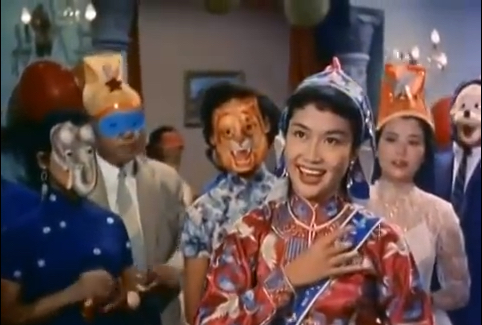
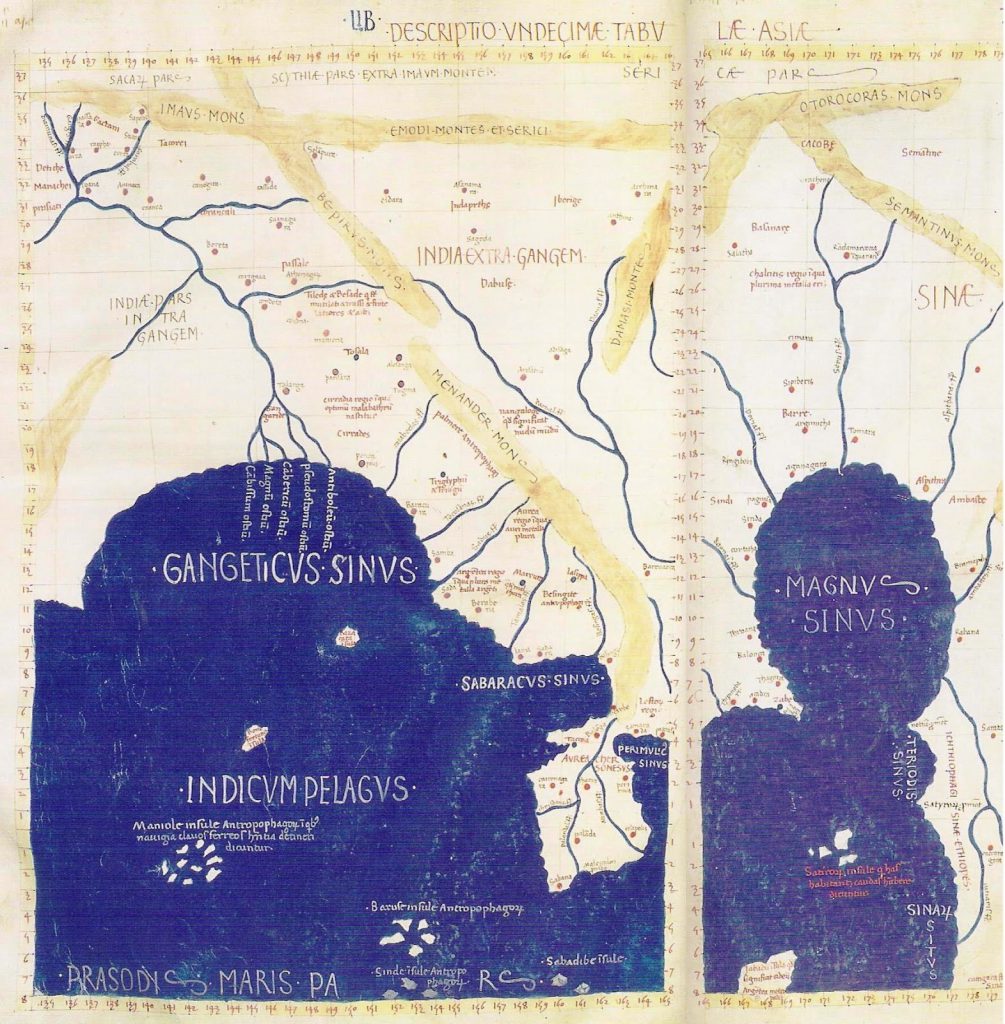
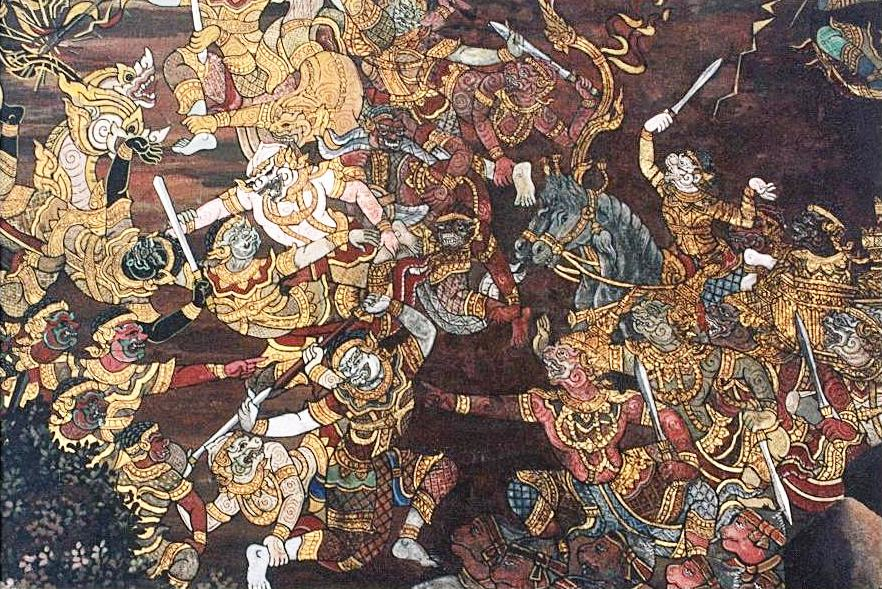
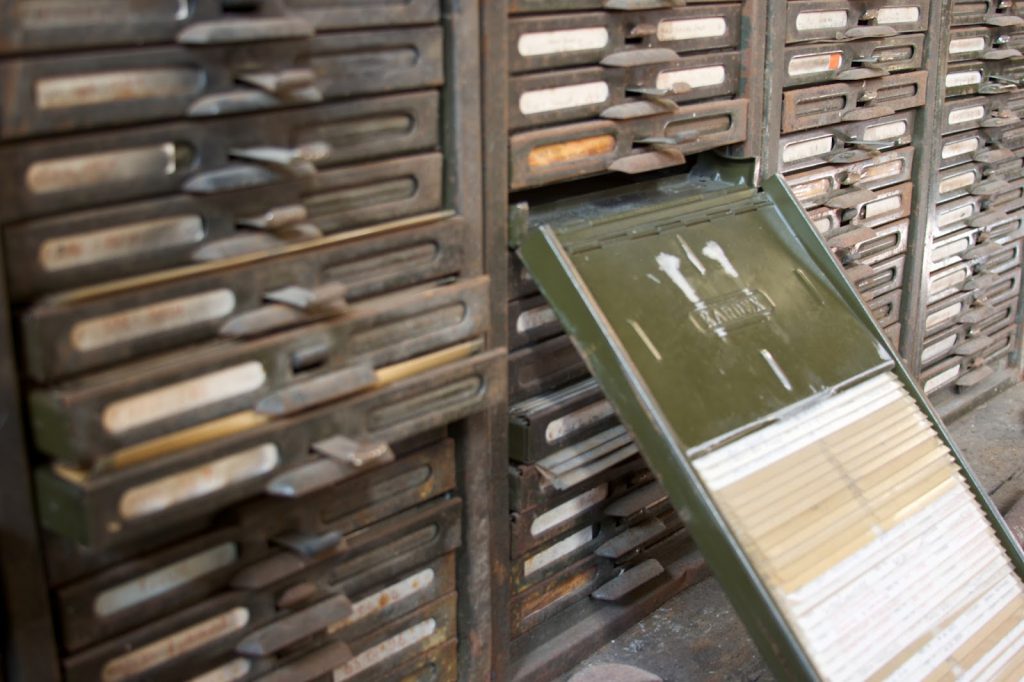
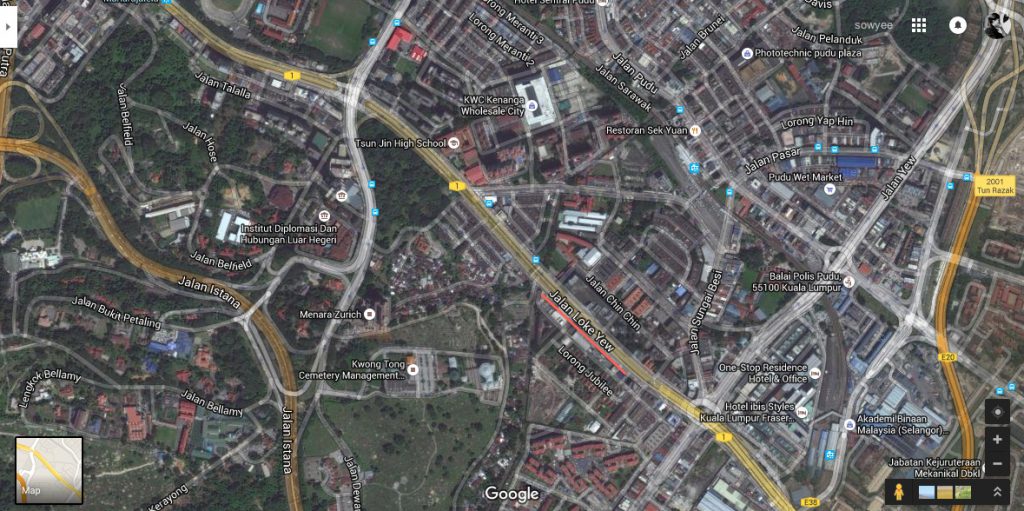
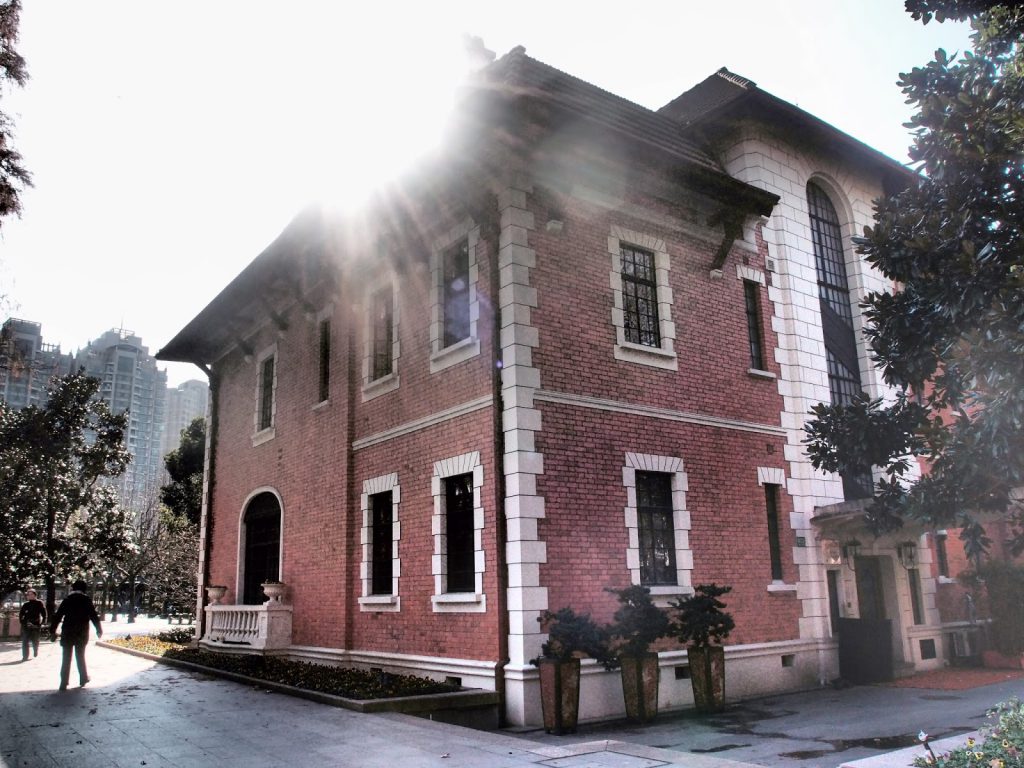
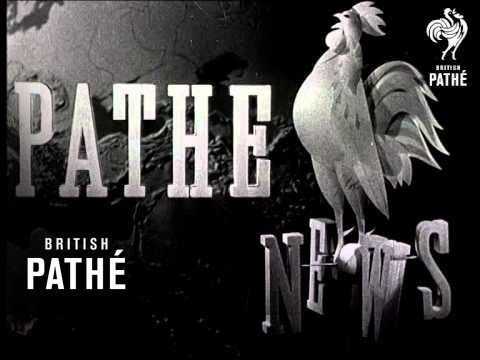
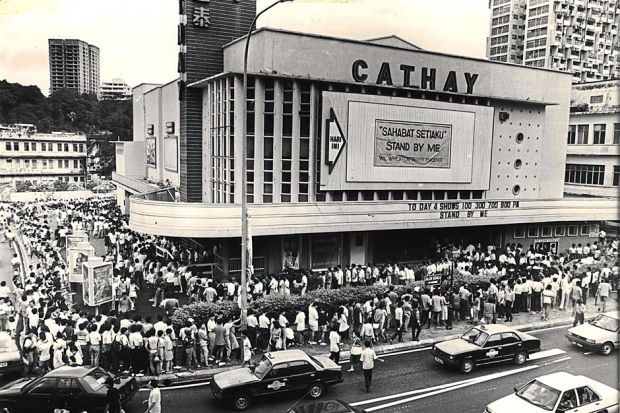

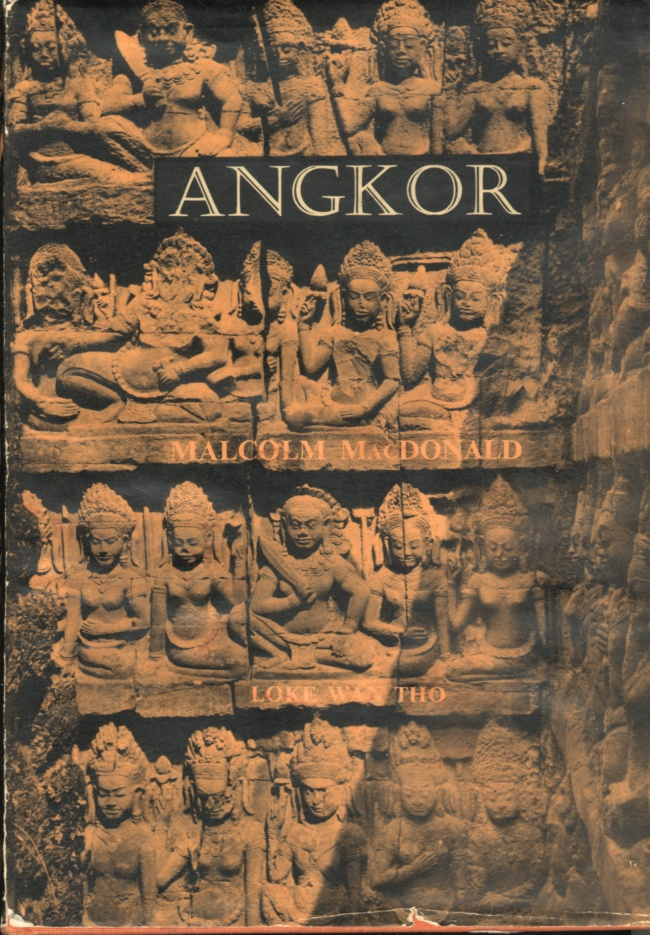
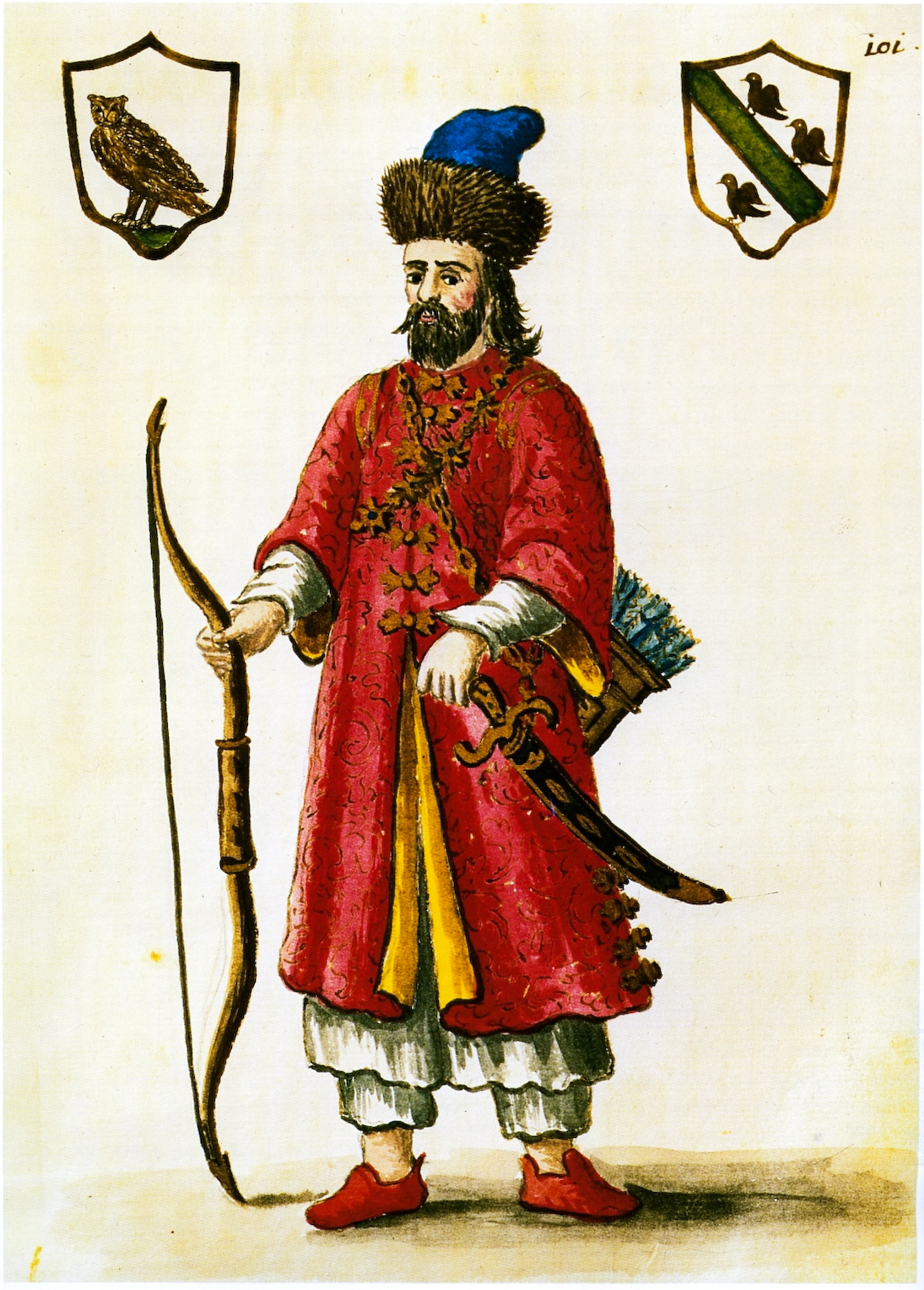
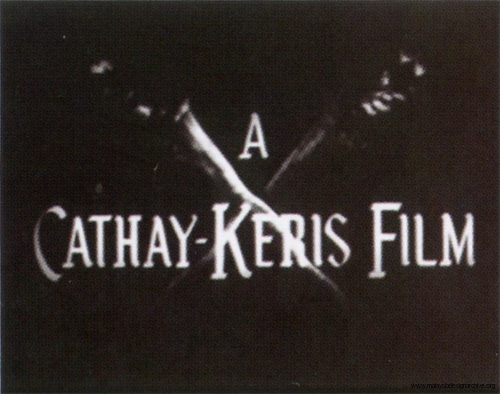
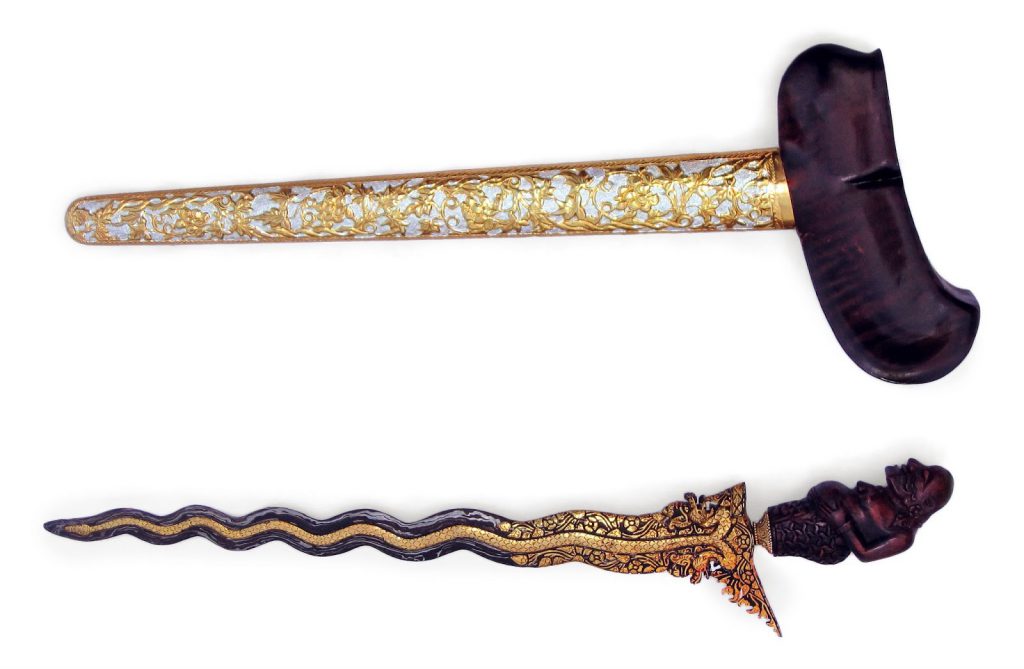
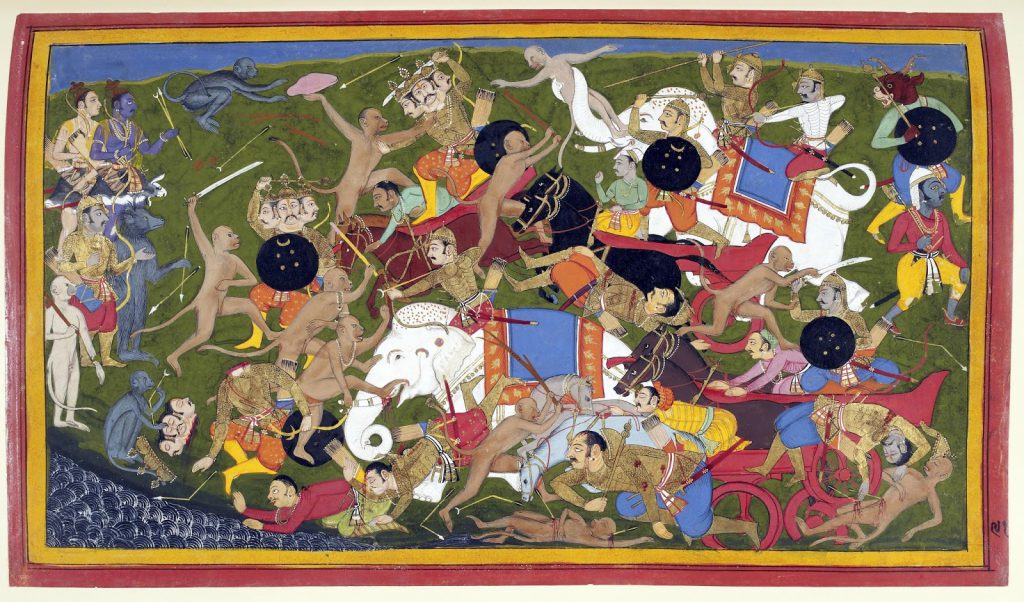
沒有留言:
張貼留言